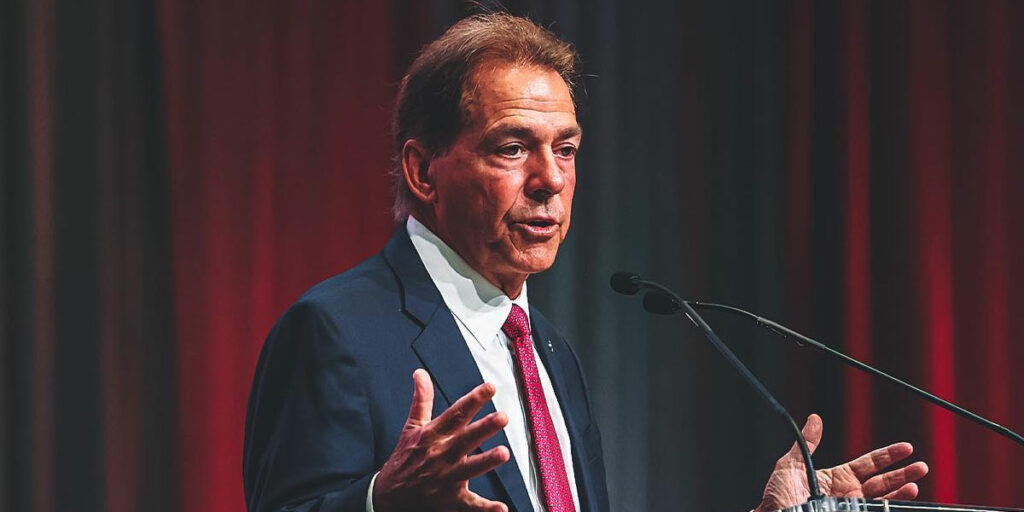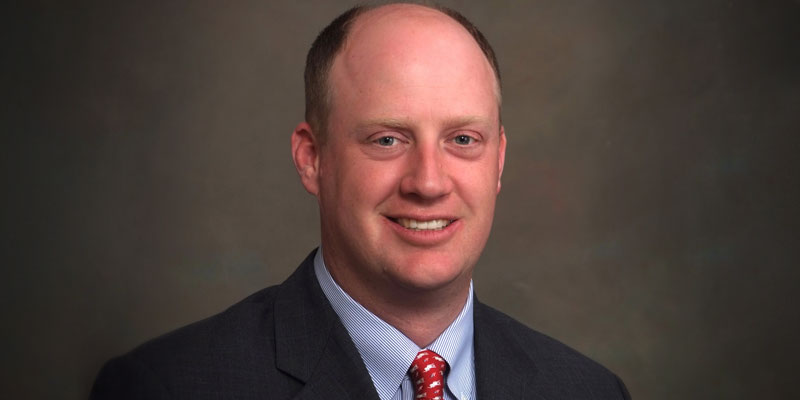
A recent study conducted by the Blue Cross Blue Shield Association showed that obesity and diabetes rates continue to rise across the country, especially in adults aged 18-34. From 2013 to 2015, there was a 4.7% increase in diabetes impact for young millennials, which directly corresponds with the generation’s rising obesity rates.
Alabama is no stranger to the obesity epidemic, which is directly related to the onset of diabetes. Alabama is currently the second most obese state and the third most diabetic. 35.6% of the state’s population is considered obese.
Molly Killman, Director of Nutrition and Physical Activity at the Alabama Department of Public Health, told Yellowhammer News that while obesity is a problem for many Alabamians, it is hard to pinpoint one single factor that is contributing to this epidemic. “Lack of physical activity, a sedentary society, technology, using vehicles, and all around inactivity” are just some of the factors that have contributed to the rise in obesity levels, Killman said. Many across the nation lack easy access to healthy food. In a world where it is much easier to grab a cheeseburger than make a salad, it is no wonder so many find themselves putting on extra pounds. Killman also mentioned the significant change in portion sizes that has occurred over the past few years. Americans especially have lost sight of what a true serving size is. If many were served a true serving size, they would think they had been underserved and want their money back.
Killman stressed that while it is a daunting task, there are ways Alabamians can avoid falling victim to this epidemic. A healthy diet and plenty of exercise are always a good place to start. However, that is sometimes easier said than done. For many, especially millennials, fitting diet and exercise into an already busy lifestyle often seems nearly impossible. That is why Killman said it is important that communities get involved to encourage healthy living. Many communities across the state are advocating for more sidewalks and parks to encourage residents to get out, walk around, and play. Community gardens and farmers markets have become popular places to get access to healthy foods, instead of the processed foods found at supermarkets.
One major way the state of Alabama has attempted to fight back against the obesity epidemic is through the Alabama Obesity Task Force. Launched by the Department of Public Health, the Obesity Task Force hopes “to address the impact of obesity on Alabama’s citizens including education and awareness, lifestyle and behavioral choices, community-based environmental strategies, school and worksite improvements, and policy development or changes.” One program that has arisen from this task force is the Get Moving Alabama initiative, which hopes to organize physical activity opportunities for communities throughout the state.
These programs show that while progress has been slow, Alabamians are realizing that obesity is a public health problem. Our culture is beginning to open up to and become more aware of the idea of healthy living. Killman compared the obesity epidemic to smoking. Back in the 50’s everyone smoked; it was just widely accepted by the culture. However, after years of advocating for a smoke-free life, only about 17% of Americans still smoke cigarettes. Killman believes that if we continue to come together as communities and promote a healthy lifestyle, there is hope for the obesity epidemic. While some programs give us hope for the future, Alabama still has a long way to go if we want to truly begin living healthy.












